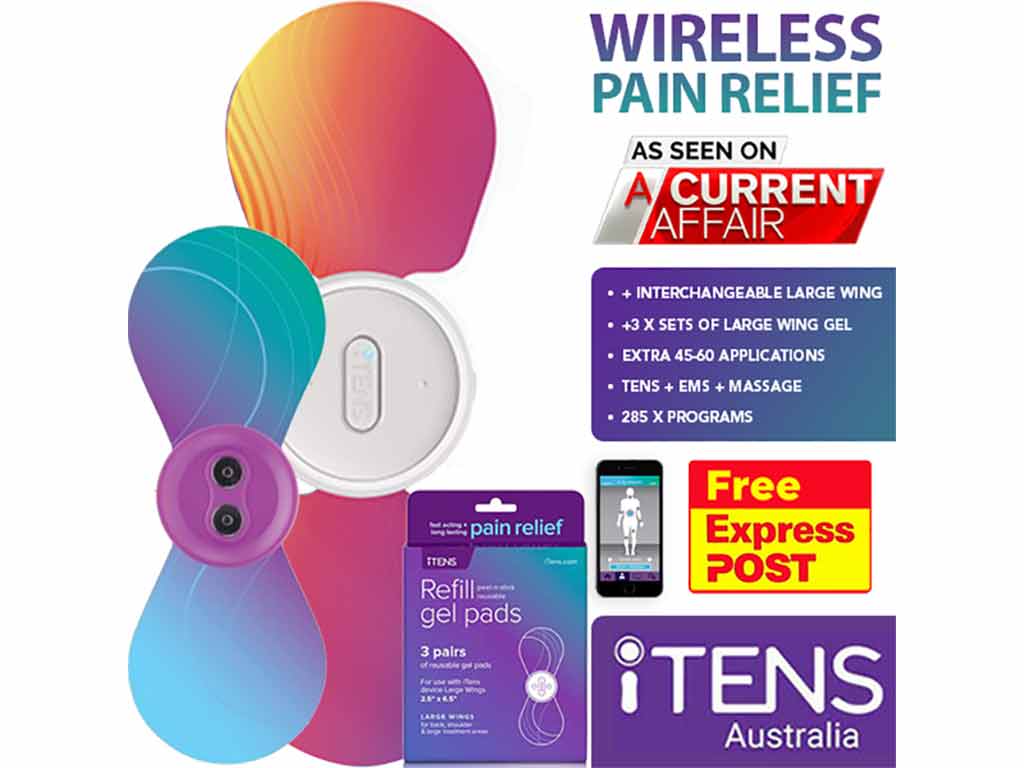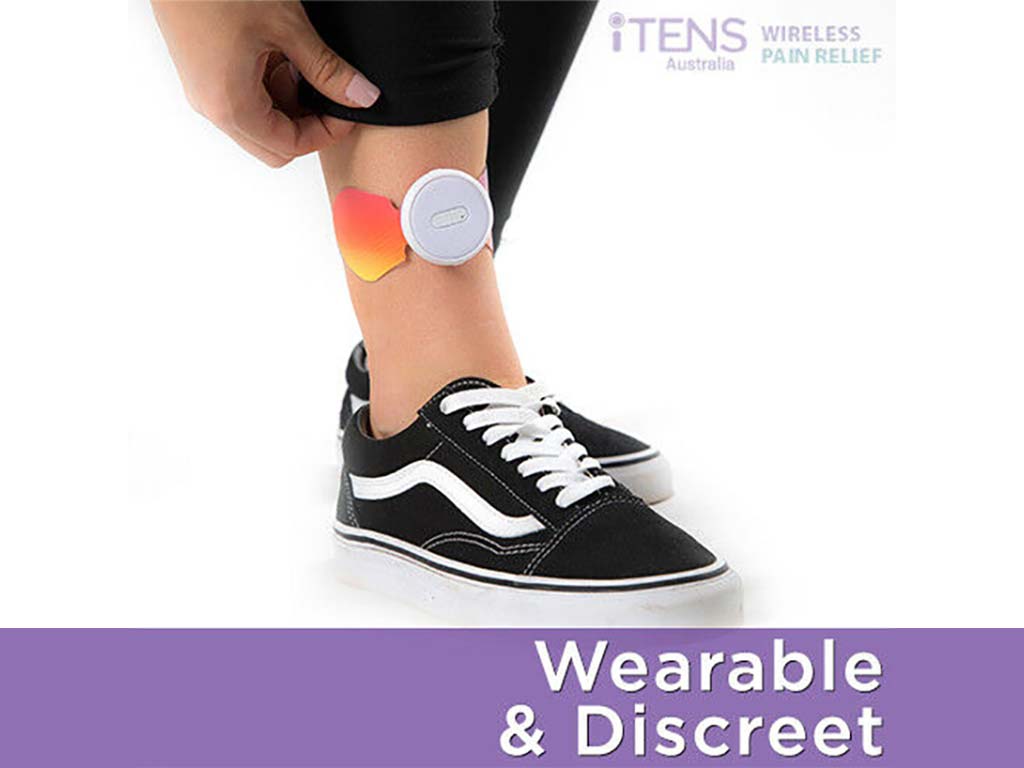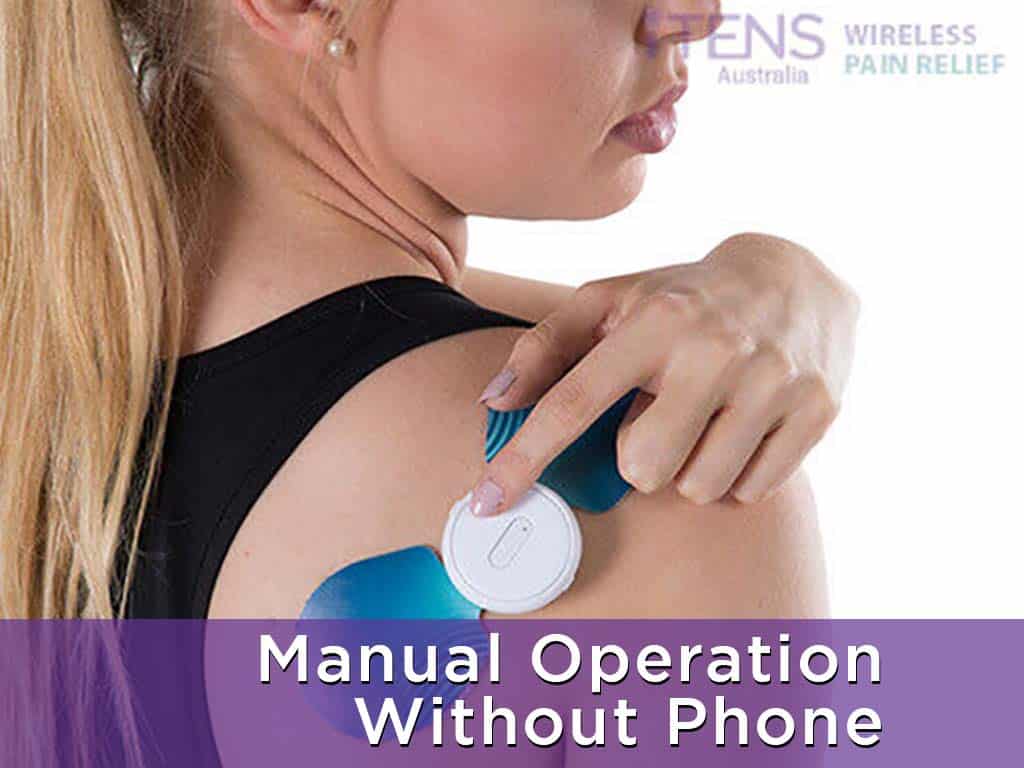
TENS, or Transcutaneous Electrical Nerve Stimulation machine, is a form of pain relief. It is an electronic device that emits electrical currents. It streams the pulses via electrode patches placed on the skin. Accordingly, this electrical stimulation works in various analgesic mechanisms. Furthermore, using a TENS unit is straightforward. Before applying the electrodes, ensure the skin is clean and dry. Then, attach the electrode pads. Turn on the TENS device, customise the settings, and initiate the stimulation.
Experiencing pain can be incredibly frustrating and debilitating. Thus, it is crucial to have a method of pain relief. Pain management solutions like medicines can provide relief, but they may come with unwanted side effects. Fortunately, TENS therapy offers a safe and effective treatment for conditions. Pain clinics, physical therapists, and health professionals have used it for decades. The following sections will present how a TENS electrical device works, including its benefits and how to use it.
How a Transcutaneous Electrical Nerve Stimulation Machine Works
A Transcutaneous Electrical Nerve Stimulation machine works by delivering low-voltage electrical currents through electrodes attached to the surface of the skin. These currents stimulate the nerve fibres. Accordingly, the electrical pulses can prompt the production of endorphins. Endorphins are chemicals in the body known as natural painkillers. It mimics the effect of medications but occurs naturally.
Understanding the Gate Control Theory of Pain is crucial in how a TENS unit provides relief. This theory suggests that there is a pain gate mechanism in the nervous system that can block pain messages before they reach the brain. The electric currents activate nerve fibres that are larger and faster than pain fibres. These larger fibres close the “gate”, preventing the transmission of pain signals to the brain.
A TENS device can also enhance blood flow to the targeted area. The stimulation causes vasodilation, which is the widening of blood vessels. As a result, it allows a greater blood volume to flow to the affected area, aiding in the healing process. Improved circulation delivers oxygen and nutrients more efficiently to body tissues while removing waste products and reducing inflammation.
Frequencies and Intensities
- Frequencies: Measured in Hertz (Hz) refers to the number of electrical impulses delivered per second. Low frequencies (Acupuncture-Like TENS) are usually between 1 to 10 Hz. It is believed to stimulate the body to produce endorphins. Meanwhile, high frequencies (Conventional TENS) are typically between 50 to 120 Hz. It is thought to interfere with the transmission of pain signals.
- Intensities: Measured in Milliamperes (mA), dictates the strength of the electrical impulses. The intensity must be adjusted to be strong enough to be effective without causing discomfort. Users must find the most comfortable intensity, usually feeling a tingling sensation.

Benefits of Using a Transcutaneous Electrical Nerve Stimulation Machine
The Transcutaneous Electrical Nerve Stimulation machine allows for precise targeting of pain areas. Users can directly address the source of their discomfort by placing the electrodes directly over or near the painful site. Furthermore, its versatility is another significant advantage. The TENS unit can be used to manage a wide range of pain types. Thus, it is suitable for various individuals.
Moreover, TENS therapy is a natural method of pain relief. It reduces the need for invasive procedures or pharmaceutical solutions. Hence, it minimises the risk of side effects. Also, users can customise the treatment to their specific needs. The TENS device has adjustable settings, including pulse rate, amplitude, and duration. It accommodates varying pain levels and types.
The compact and lightweight design of the TENS unit ensures it is easily portable. It allows users to continue their pain management routines while on the move. Additionally, TENS treatment can be a complementary therapy. It can be effectively integrated into a holistic pain management plan, alongside physical therapy, exercise, massage, and medications.
Types of Pain Suitable for TENS
TENS therapy can effectively manage ongoing chronic pain conditions. It often includes conditions like arthritis pain, fibromyalgia, and backaches. Additionally, TENS can provide immediate relief to sudden acute pain conditions. It may result from postoperative pain, labour pain, and menstrual cramps.
Accordingly, TENS can address neuropathic pain, which results from nerve damage. It mitigates discomfort from conditions like diabetic neuropathy and nerve entrapment syndromes. Furthermore, TENS can treat musculoskeletal pain. It is a discomfort in the bones, muscles, ligaments, and tendons. Hence, it is effective for conditions such as tendonitis, bursitis, rheumatoid arthritis, joint pain, and knee osteoarthritis pain.

How to Use a Transcutaneous Electrical Nerve Stimulation Machine
Using a Transcutaneous Electrical Nerve Stimulation machine is easy. Begin by identifying the specific area of discomfort. Next, prepare the skin area where the electrode pads will be applied. Then, attach the electrodes to the skin. Depending on the location, place the pads on either side of the painful area or directly on it. Follow the proper electrode placement for effective treatment.
Once the electrode patches are in place, turn on the TENS machine. Individuals can adjust the frequency, intensity, and duration of electrical stimulation. Nevertheless, start at the lowest setting. Gradually increase the intensity until a buzzing or tingling sensation is felt, but without causing discomfort. The goal is to achieve a solid but comfortable sensation. Other models also have pre-set programs.
The duration of using the TENS unit can vary. Typically, it can range from 15 to 30 minutes. Frequent sessions throughout the day (depending on recommendations by professionals) may offer cumulative pain relief. After use, turn off the TENS machine and carefully remove the electrode pads from the skin. Clean the skin and the electrodes. Store the device in a safe, dry place for future use.
Safety Guidelines
Before using a TENS unit, consult a medical professional. This is particularly essential for individuals with underlying medical conditions like heart issues and epilepsy. Accordingly, inspect the device for any signs of damage. Furthermore, when applying the electrodes, ensure the skin is clean, dry, and free of broken skin or wounds. Do not place the electrodes on sensitive areas of the body.
Additionally, avoid starting the therapy with high settings. Excessive intensity can cause discomfort or muscle twitching. Users should also limit each therapy session to the duration recommended by a healthcare professional. Overuse can lead to skin irritation or muscle soreness.
Conclusion
In summary, a Transcutaneous Electrical Nerve Stimulation machine is a valuable and effective tool for managing discomfort. It is a device that delivers electrical currents to the body through electrodes attached to the skin. Accordingly, this stimulation can trigger the production of endorphins and block the transmission of pain signals to the brain. It can also enhance blood flow in the treatment region. Furthermore, TENS units can stream the electrical currents in varying frequencies and intensities.
TENS therapy offers numerous benefits. It is versatile, natural, customisable, allows for precise targeting of pain areas, and can be a complementary therapy. Also, TENS devices are usually compact and lightweight. Moreover, TENS is suitable for various pain types. It can treat backaches, menstrual cramps, diabetic neuropathy, and bursitis. Using the device is easy. Place the electrodes, turn on the unit, and adjust the settings. However, knowing the safety guidelines is crucial for optimal therapy.







